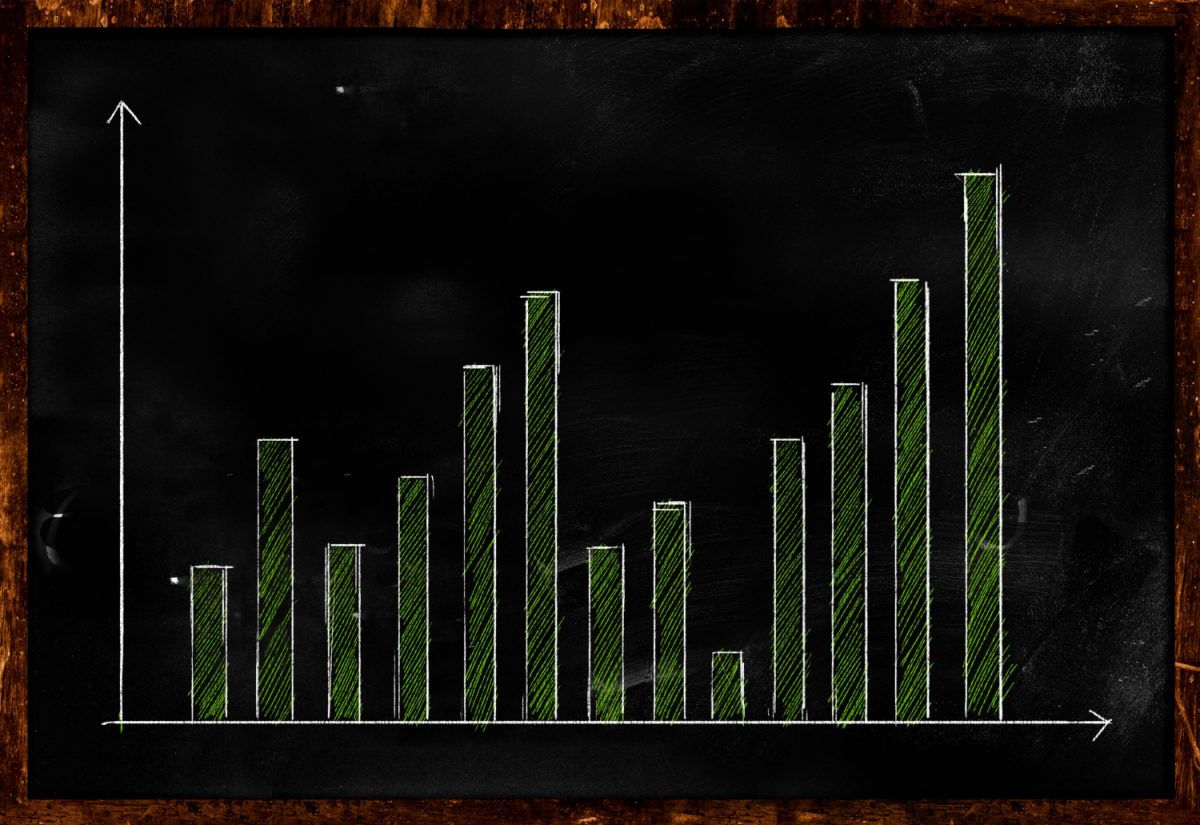Annual Percentage Yield (APY): What it is and why it matters

If you’re looking to grow your savings, understanding the Annual Percentage Yield (APY) is essential.
APY is a crucial financial metric that helps you compare different savings products and determine how much interest you can earn over time.
Unlike simple interest, APY accounts for compound interest, making it a more accurate reflection of your actual returns.
In this guide, we will cover what APY is, how it is calculated, where it applies, and how to determine if an APY is competitive.
By the end, you’ll have a clear understanding of how APY works and how to maximize your earnings.
What is Annual Percentage Yield (APY)?
Annual Percentage Yield (APY) is the real rate of return on a deposit account over a year, taking into account compound interest.
This means that interest is earned not only on the initial deposit but also on previously accumulated interest.
APY is especially important when comparing savings accounts, CDs, and other interest-bearing accounts because it provides a standardized way to measure potential earnings. The higher the APY, the greater your return.
For example, an account with a 5% APY will yield more interest than one with a simple interest rate of 5%, thanks to compounding.
Where is APY applied?
APY is used in various interest-earning accounts, primarily in banking and investment products. Here are the most common accounts where APY plays a crucial role.
Savings Accounts
Traditional savings accounts earn interest based on APY, usually compounded daily or monthly.
While standard savings account APYs are relatively low, they offer a safe and accessible way to grow your money over time.
High-Yield Savings Accounts
High-yield savings accounts, typically offered by online banks, provide significantly higher APYs than traditional savings accounts.
Some of the best high-yield savings accounts offer APYs above 4.00%, making them a great option for maximizing savings.
Certificates of Deposit (CDs)
CDs offer fixed APYs for a predetermined period, ranging from a few months to several years.
In exchange for locking in your money for a set term, CDs often offer higher APYs than standard savings accounts.
However, early withdrawals typically result in penalties.
Money Market Accounts
Money market accounts function similarly to savings accounts, but often require higher minimum balances.
They typically offer higher APYs and may come with check-writing privileges and debit card access.
How is APY calculated?
APY is calculated using the following formula:
APY = (1 + r ⁄ n ) n – 1
Where:
- r = nominal interest rate (or stated annual interest rate)
- n = number of compounding periods per year
Example calculation
If a savings account offers a 5% interest rate, compounded monthly, APY would be calculated as follows:
APY = (1 + 0,05 ⁄ 12) 12 – 1
APY = (1.004167) – 12 – 1 (1.004167)12 – 1
APY = 10512 – 1
APY ≈ 5,12%
This example shows how compound interest increases the effective yield compared to the nominal interest rate.
The more frequently interest is compounded, the higher the APY.
Understanding compound interest
Compound interest is the key factor behind APY’s ability to maximize earnings.
It allows your savings to grow faster by continuously adding earned interest to the principal amount.
How compound interest works
- The initial deposit earns interest.
- Interest is added to the balance.
- The new balance earns interest in the next period.
- The process repeats, leading to exponential growth over time.
The compounding frequency (daily, monthly, quarterly, or annually) directly affects APY. Daily compounding typically results in the highest APY, as interest is calculated and added more frequently.

APY vs. APR: what’s the difference?
Many people confuse Annual Percentage Yield (APY) with Annual Percentage Rate (APR), but they serve different purposes.
| Feature | APY (Annual Percentage Yield) | APR (Annual Percentage Rate) |
| Purpose | Measures interest earned on a deposit | Measures of interest paid on a loan or credit card |
| Includes compound interest? | Yes | No |
| Used for | Savings accounts, CDs, money market accounts | Loans, mortgages, credit cards |
| Higher is better? | Yes (for savers) | No (for borrowers) |
Key takeaway
- APY benefits savers because it includes compounding.
- APR helps borrowers compare loan costs.
Can APY be variable?
Yes, APY can be fixed or variable depending on the type of account:
- Fixed APY: Found in CDs and some high-yield savings accounts, where the APY remains constant for a set period.
- Variable APY: Common in savings and money market accounts, where the rate fluctuates based on economic conditions and central bank policies.
Since APY can change, it’s important to monitor your account’s rate periodically to ensure you’re still earning a competitive return.
How to find a bank account’s APY
Before opening a savings account or CD, it’s crucial to check the APY offered. Here’s how:
- Check the bank’s website – Financial institutions display APYs on their savings products.
- Read account disclosures – APY is typically listed in the terms and conditions.
- Use a savings calculator – Online tools help estimate potential earnings based on APY.
- Compare rates – Different banks offer different APYs, so it’s wise to shop around.
Many online banks and credit unions offer higher APYs than traditional banks, so researching can help you maximize your earnings.
What is considered a good APY?

A “good” APY depends on economic conditions and financial institution offerings. General guidelines include:
- Traditional savings accounts: ~0.10% APY (low but safe)
- High-yield savings accounts: 3.00% – 5.00% APY (competitive)
- CDs: 4.00% – 6.00% APY (varies by term)
- Money market accounts: 2.00% – 4.00% APY (depends on balance)
To maximize returns, look for accounts with APYs well above the national average and frequent compounding.
Understanding Annual Percentage Yield (APY) is essential for making smart financial decisions.
Whether choosing a savings account, opening a CD, or comparing money market options, APY provides a clear picture of your potential earnings.
By selecting high-APY accounts with frequent compounding, you can maximize savings and grow wealth faster.
Always compare rates, monitor variable APYs, and ensure you’re getting the best return on your money.
For more financial tips and savings strategies, keep exploring our site! Want a suggestion? Check out our guide on how to manage monthly expenses.